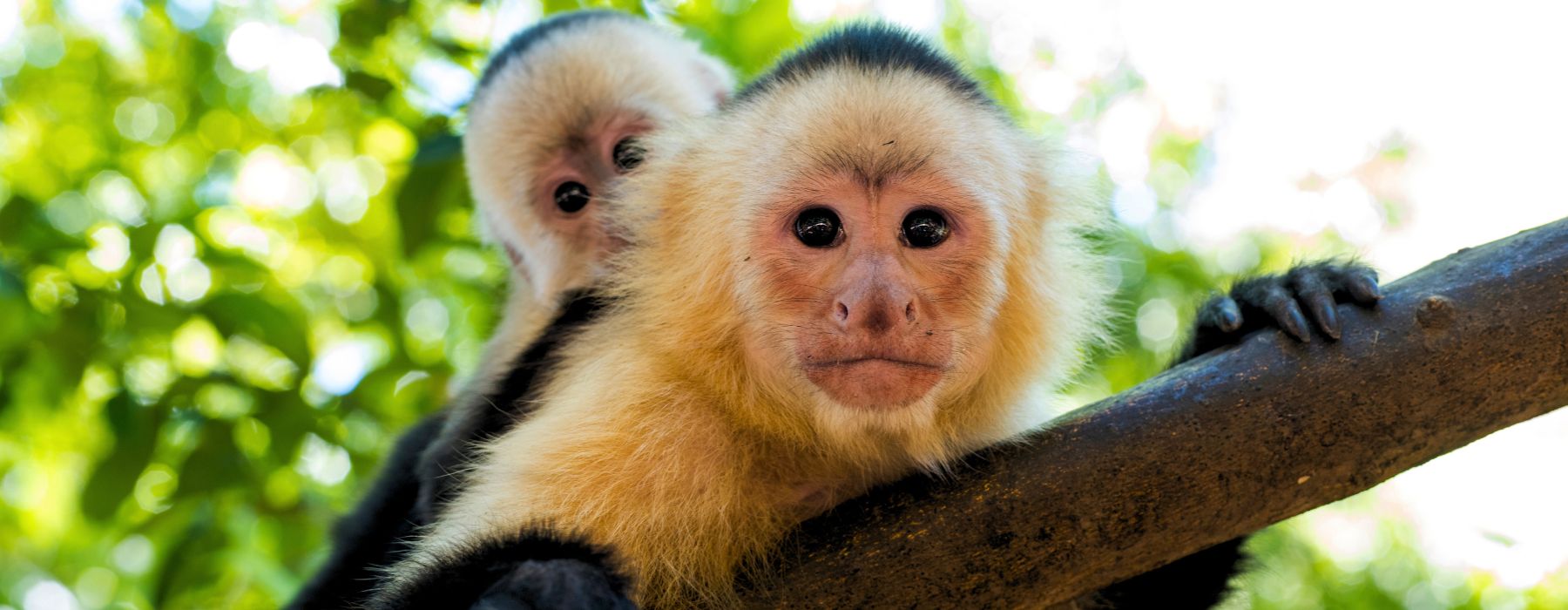
For many people, the lure of seeing monkeys in their natural habitat is one of the main reasons for taking a tour of the Amazon rainforest. Perhaps it is the close relationship with our own species that fascinates us about these furry creatures, but whatever the reason, the Amazon is undoubtedly home to the top Amazon rainforest monkeys. The most common are the howler, spider, squirrel, capuchin, tamarin, and marmoset. We’ve rounded up some facts about each species of monkey you’re likely to see on an Amazon vacation.
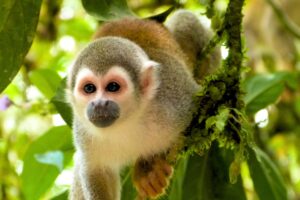
Even though Howler Monkeys are the largest primates in the Amazon Rainforest, you will most likely hear them before you see them. Due to their enlarged hyoid bone, Howlers have a very distinctive territorial call that can be heard up to three miles away! They are also thought to be the loudest land animal in the world. There are 15 species of Howler monkeys that are native to Central and South American rainforests, primarily the Amazon jungle. The species live in groups of six to 15 animals, with an approximate 1 male to 4 female ratios. They rarely fight physically amongst each other and when they do, it doesn’t last very long.
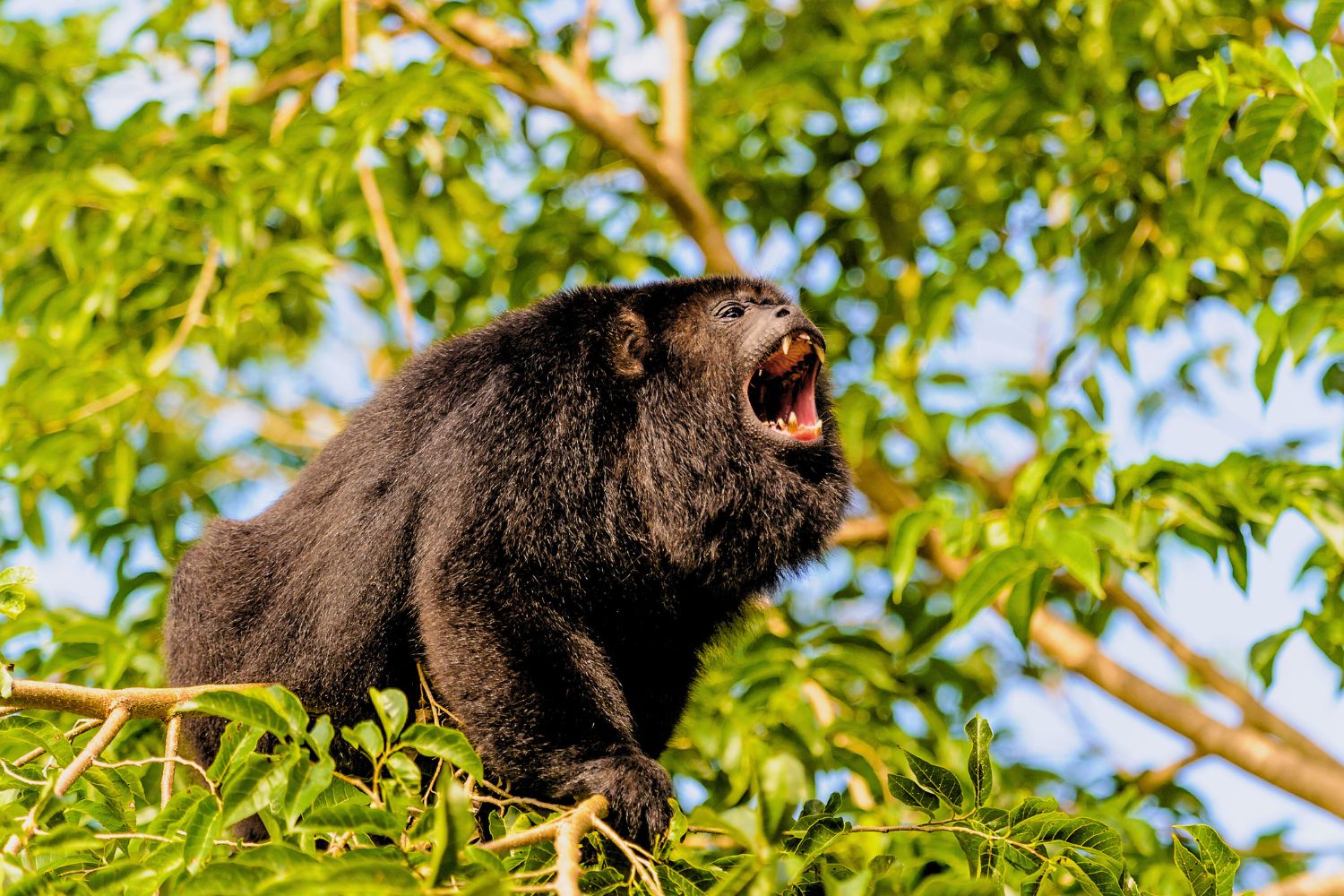
Spider monkeys spend most of their time up high in the jungle canopy where they can find fruits, plants, and seeds to eat. They get their name from their long arms and legs. They are easy to identify because of their even longer tail! Spider monkeys are fairly large in size, weighing up to 11 kilos (24 pounds). There are actually dozens of spider monkey species that live in the rainforests of Central and South America, three of them, however, are threatened. The brown-headed spider monkey (Aleles fusciceps), the brown spider monkey (Aleles hybridus), and the northern muriqui (Brachyteles hypoxanthus) are critically endangered, with habitat loss as the cause in all three cases.
Fun Fact: Spider Monkeys have a bigger brain than Howlers (Howler Monkeys are the largest monkey in the Amazon), making them one of the most intelligent primates in the Amazon region!
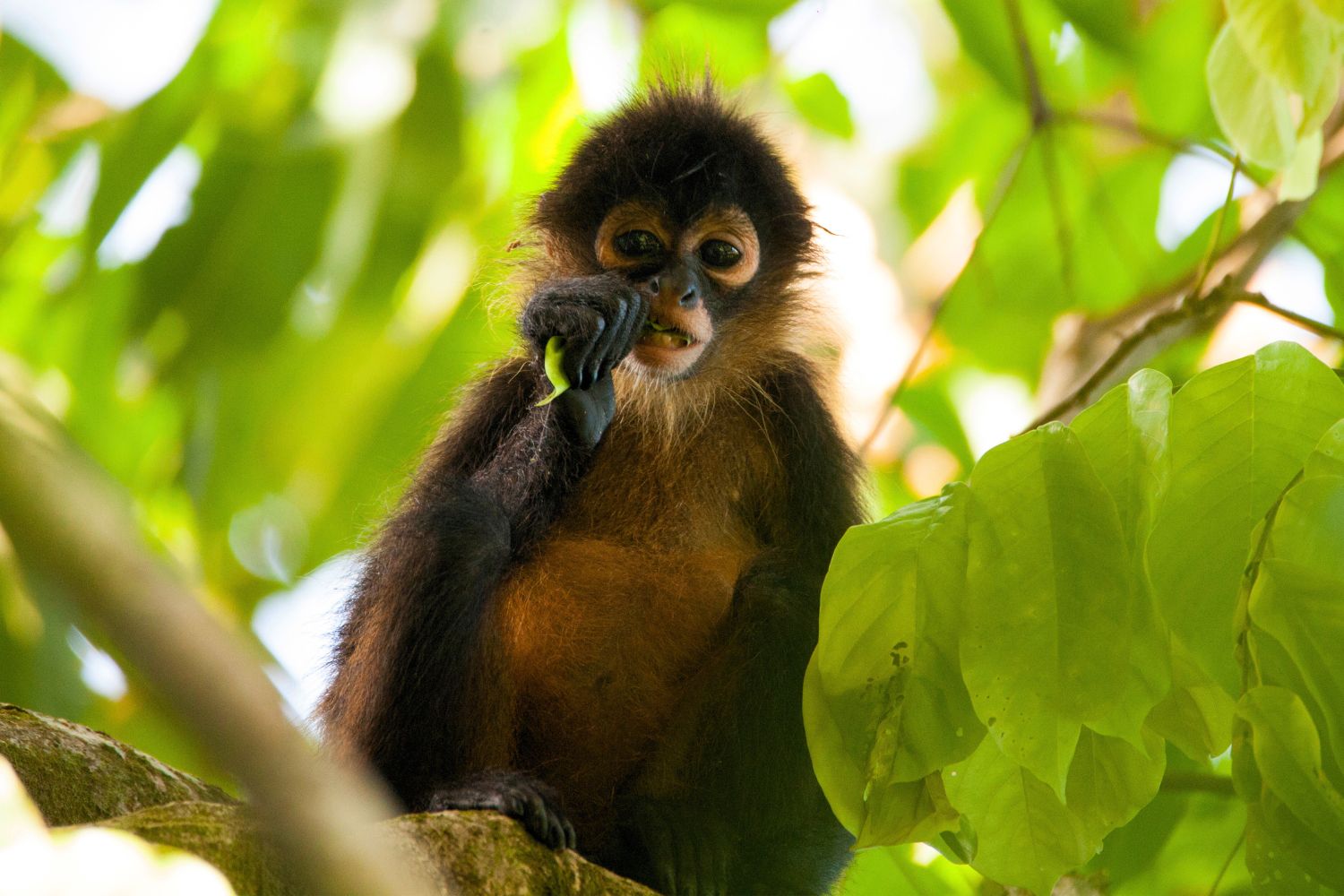
The Squirrel Monkey is the most frequently seen primate in the Amazon rainforest. They are very small, weighing 3 pounds, and live in huge groups (sometimes up to 500 monkeys). Squirrel Monkeys are omnivores and primarily feed on fruit and small insects. In the late afternoon, they are frequently spotted migrating through the jungle canopy, they are hard to miss since they make quite the noise jumping rapidly from branch to branch. Two squirrel monkey species are threatened, the Central American squirrel monkey and the black squirrel monkey.
Fun Fact: Unlike other primates, their tail is not used for climbing, instead, it is used as a balancing pole.
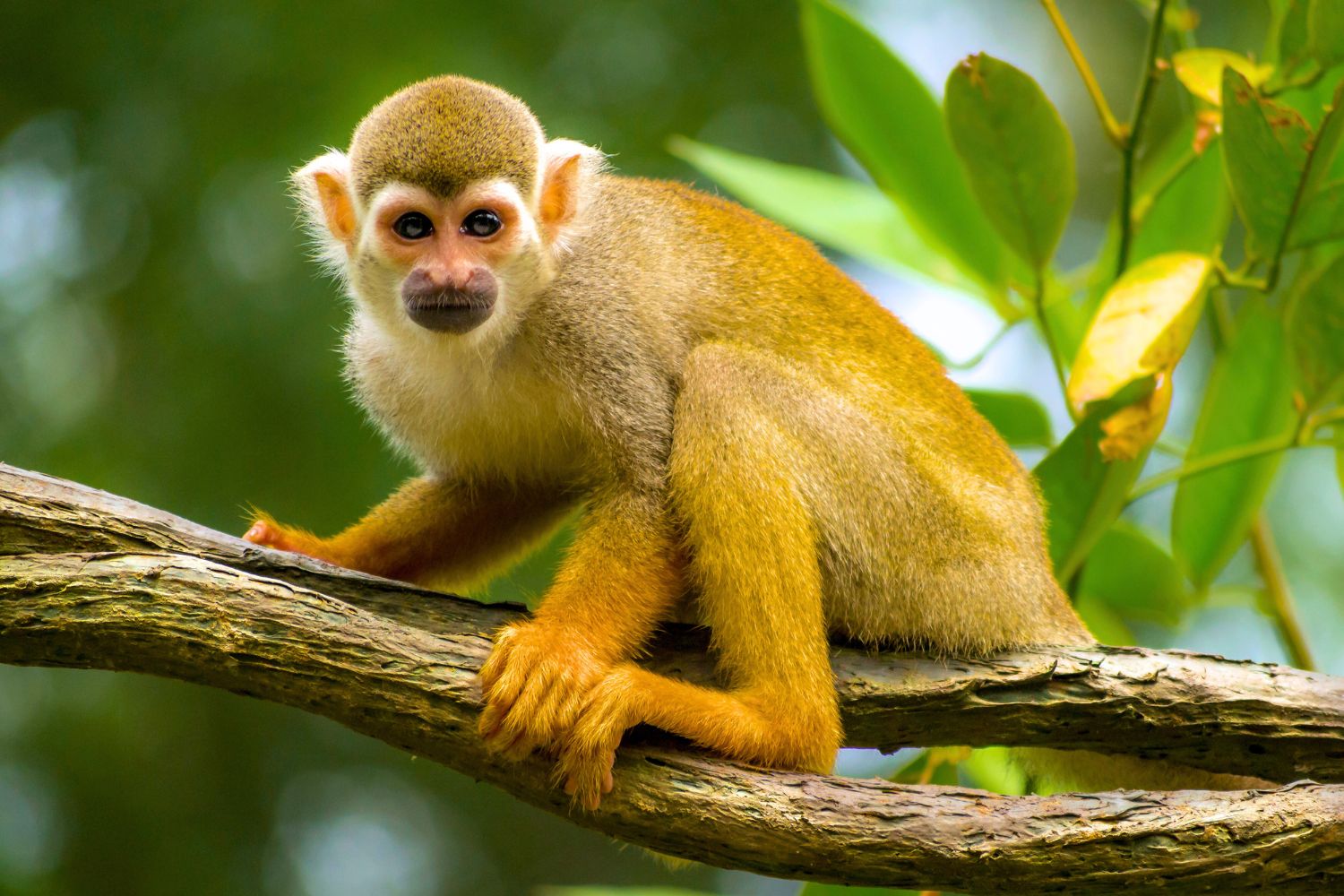
There are dozens of capuchin monkey species that inhabit rainforests throughout Central and South America. They are primarily seen in the Amazon rainforest, however, some species also live in northern Argentina. Capuchin monkeys are small, weighing up to 9 pounds (4.5 kilos), however, they are very clever. Along with spider monkeys, they are considered to be very intelligent primates. Capuchin monkeys live in groups of 10-35 and are always lead by a dominant male.
Fun Fact: Female Capuchin Monkeys bear young every two years. Baby Capuchin monkeys are very dependent on the mother since male capuchins rarely take part in caring for the young. The babies cling to their mother’s chest and once they are too big, they move to her back.
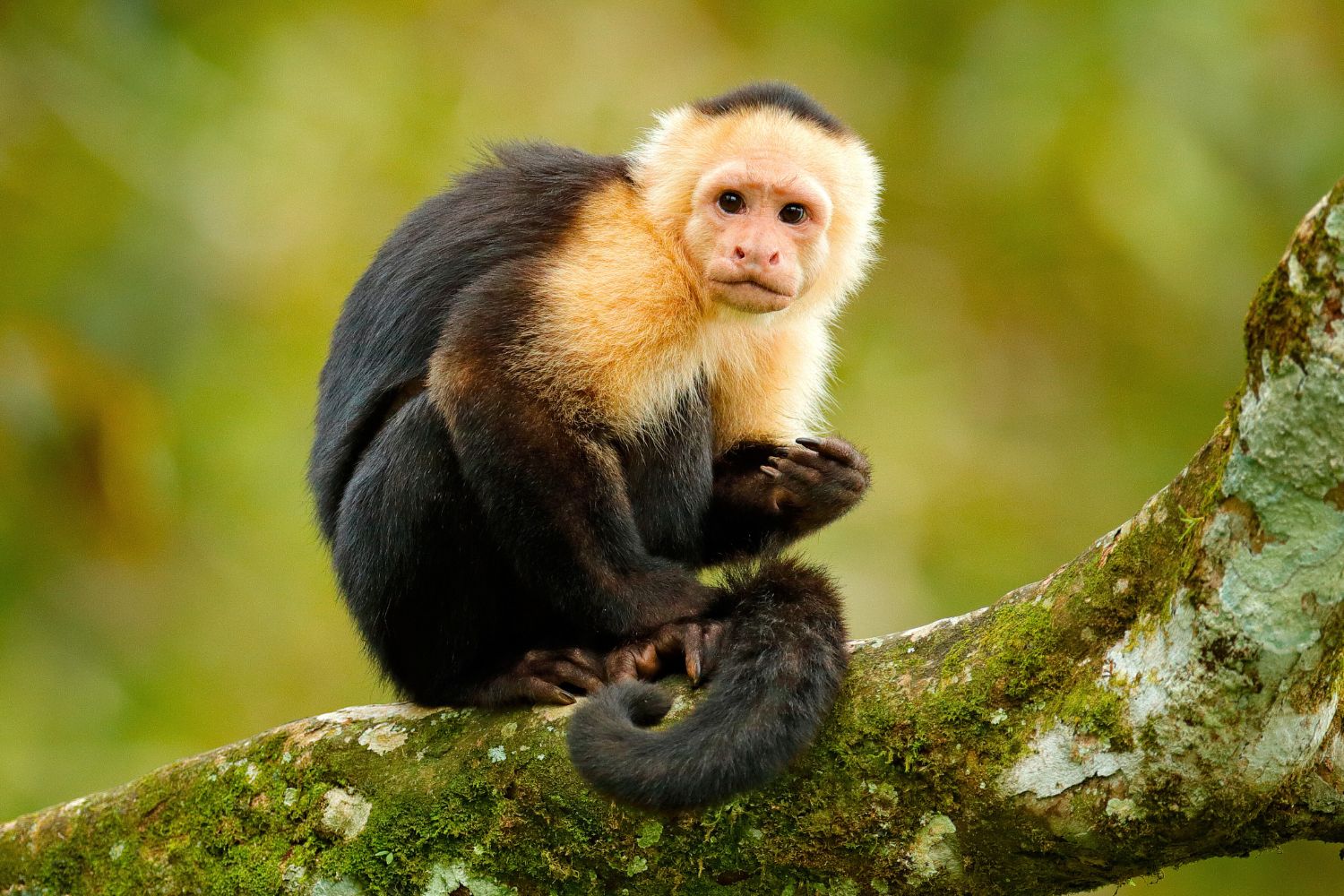
Tamarin monkeys are very strange in appearance. Although there are dozens of species, their mustache-like facial hairs is typical for almost all. Tamarins are very small in size, making them very quick movers from tree to tree in the rainforest canopy. When young are born, the entire group assists in caring, this includes the males and other young monkeys. They assist in bringing the young to their mothers when they need to nurse. They often also assist in bringing food for a nursing mother.
Fun Fact: Tamarin births are almost always twins!
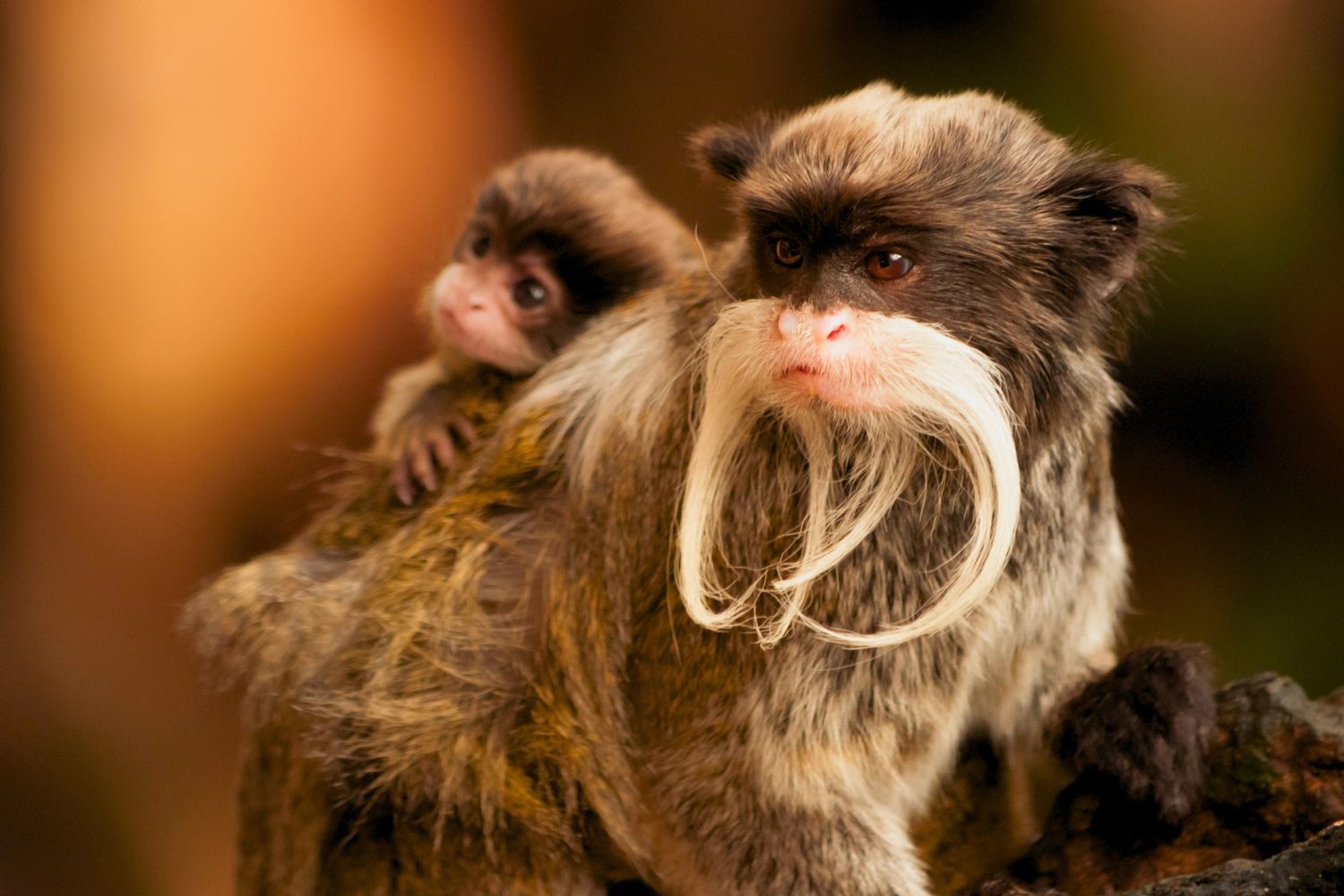
The Marmoset monkeys are very small in size, growing up to 20 cm (8 inches). These monkeys are considered to be more primitive than other monkeys in the Amazon region. They have claws instead of nails, their brain layout is underdeveloped, their body temperature is unusually varied and they lack wisdom teeth. Marmoset monkeys are very active in the jungle canopy. They live in groups of 15, with 2 breeding females.
Fun Fact: Due to their small size, many Marmoset monkeys can truly go to the very top of the rainforest canopy. They hunt for many insects that are abundant in the jungle’s treetop.
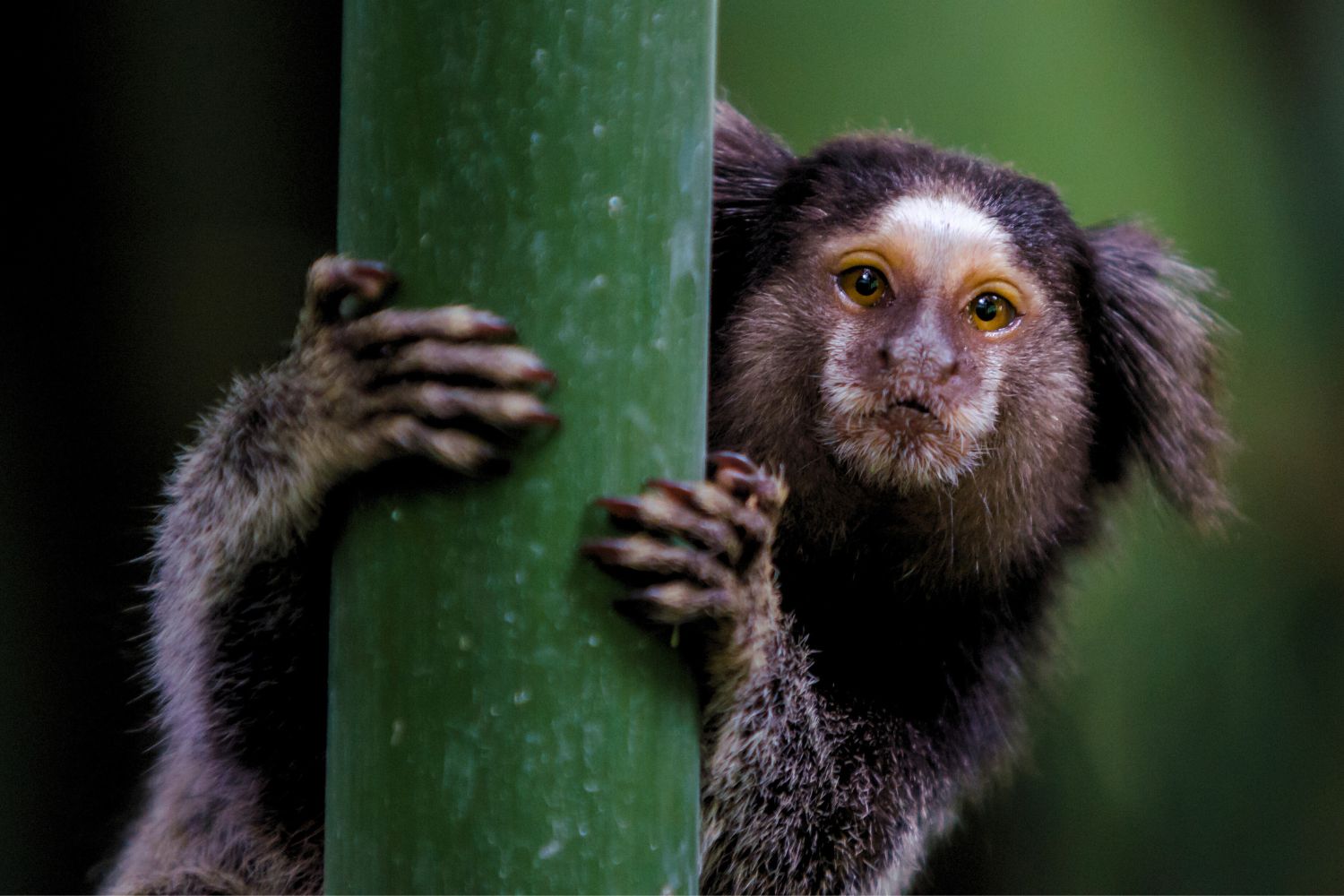
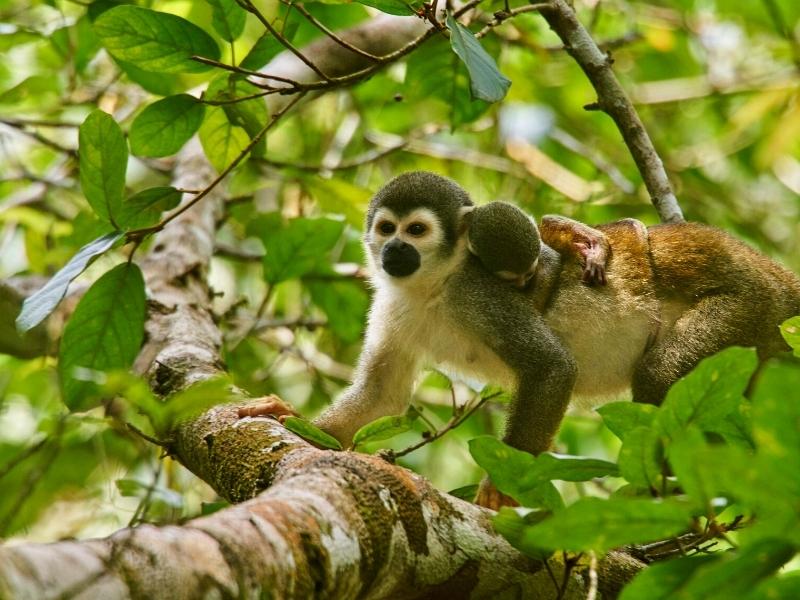
This trip allows you to have one of the best experiences in the Manu National Park which includes the Reserved Zone in only 7 days. It is an ideal way to experience the culture and traditions of local communities and see the distinct species of animals and birds that inhabit here.

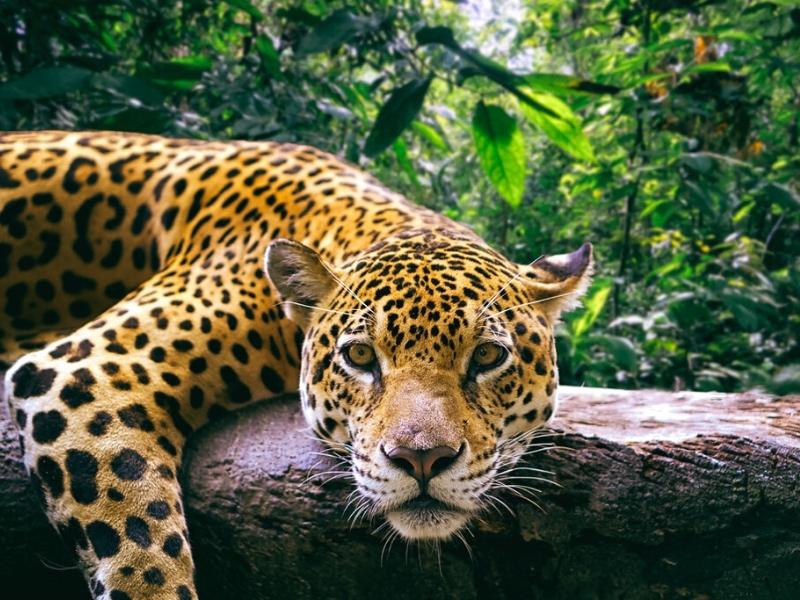
The Manu Jungle tour goes to one of the largest life biosphere reserves in the World. You will enjoy wildlife, traditional villages, with the best specialized guides.


Manu National Park is an excellent way to experience an intense amazon wildlife.Is the biggest Amazon rainforest in the Americas, its incomparable natural wealth, host the greatest amount of flora and fauna of the world.
